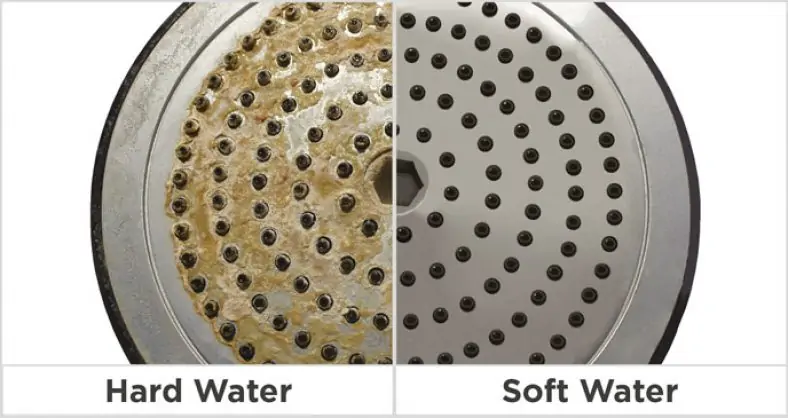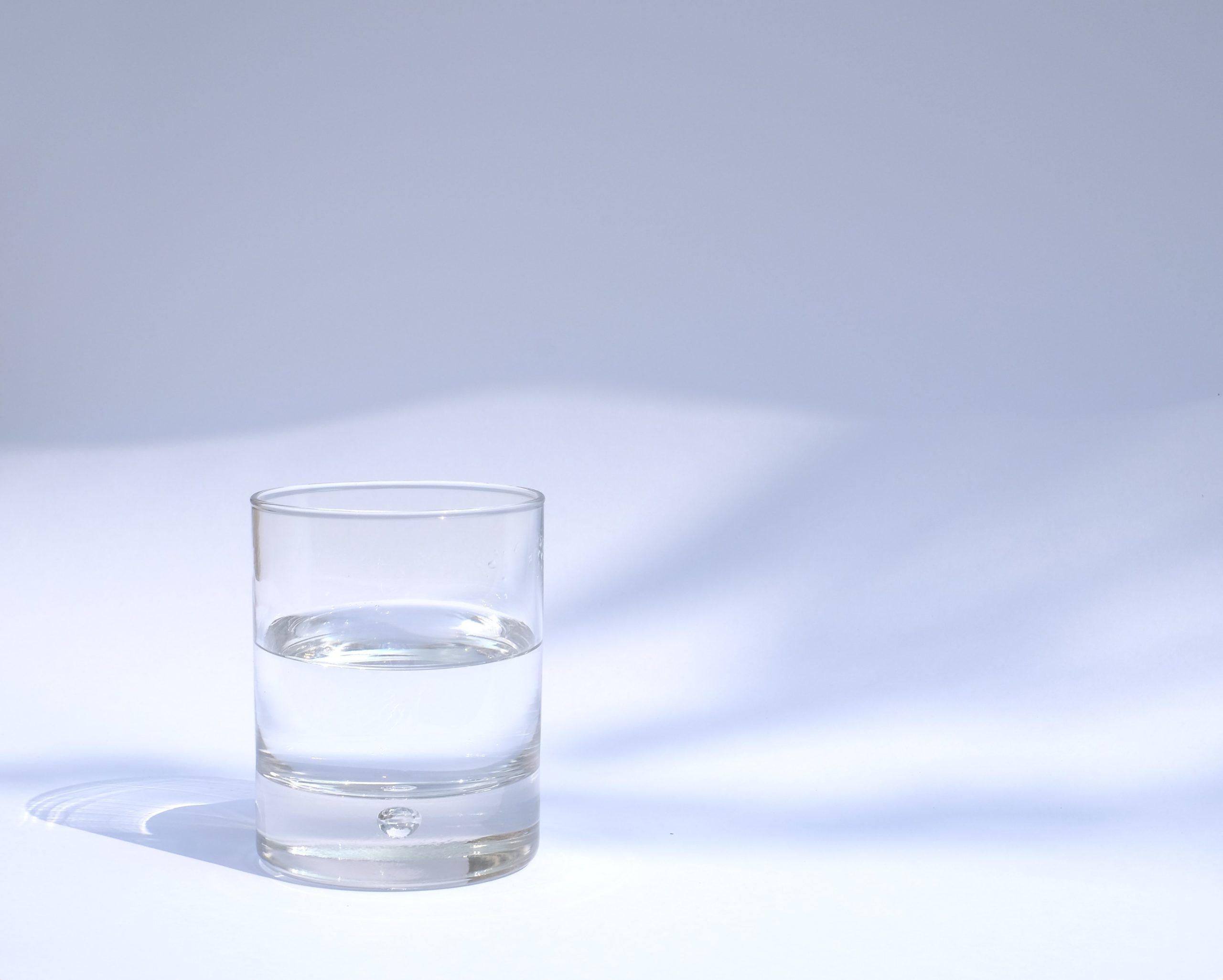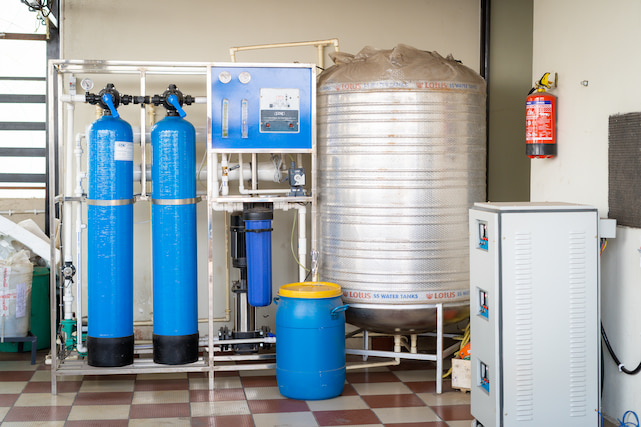We’re pretty sure you’re convinced that every penny you spend on a great water purifier is a penny spent wisely, because of the health benefits of drinking purified and uncontaminated water.
Even apart from that, there are dozens of reasons for you to look for the best water purifier and get one home; for instance, water purifiers ensure:
Safety from life-threatening waterborne diseases that may be caused by contaminated water
That weird taste of chlorine, calcium carbonate is removed from tap water (which means it won’t spoil your coffee!)
Little to zero scratchings, spotting, and scaling on the surface of your kitchen utensils.
Different Types of Impurities Found Commonly in Drinking Water
The type of impurities found in the drinking water coming to your home mainly depends on the source and distribution medium of water. The most common sources of drinking water are: lakes, rivers, bore wells, harvested rainwater, piped municipal corporation supply, water tankers, etc.
The quality of water, level of impurities like harmful pollutants, chemicals and biological impurities like bacteria and viruses, and hardness, all depend on the source of water.
Usually, water from lakes, rivers, and harvested rainwater will have a low TDS (Total Dissolved Solids) as compared to water from bore wells. Borewell or groundwater generally has high TDS and may also contain harmful chemical impurities like lead, arsenic, etc. Piped water supply or water stored in tanks is generally more prone to biological contamination (if the pipes are damaged or the storage tanks are not cleaned frequently).
Identify the Water Type – Soft or Hard Water
Water can be classified as soft or hard based on the level of dissolved solids in water. Total Dissolved Solids (TDS) is regarded as the degree of hardness and is measured in units of Parts Per Million (PPM) or Milligrams per Litre (mg/L).

What’s the source of the water you get supplied to your home? If it comes from underground water, supplied by water tankers, or drawn from deep dug bore wells, then most probably it’s hard water. Now, hard water contains pretty high percentages of dissolved solids like calcium, magnesium, heavy metals, fluorides, and arsenic. All these dissolved impurities make hard water unfit for human drinking. On the other hand, water sourced from rivers, rainwater harvesting systems, lakes, and municipality-managed storage and delivery system is generally termed as soft water. Soft water, though not as dangerous, also needs purification before it can be deemed safe for human consumption over the long run.
Which Water Purifier Should I Choose?
RO technology has become synonymous with water purifiers and you must have heard a lot of people referring to water purifiers as RO (like the brand Xerox has become synonymous with photocopying).
Because of this, when we talk about buying a water purifier most people think RO water purifiers should be purchased by default without considering the most important facts like the source of water and TDS level of input water.
If you have read all the above discussion then you are well aware of the fact that RO purification is required only when the water coming to your home or office has a high TDS value (generally higher than 500 ppm).
These days there are different kinds of water purifiers available in the market ranging from simple tap/faucet filters and Gravity-based purifiers to UF, UV, RO, and their combinations. This vast range of different technologies and thousands of different water purifier models from tens and hundreds of brands have increased the complexity of buying the right purifier for your home or office.
As discussed earlier, you should buy an RO purifier only if the water to be purified has a high TDS level. The Bureau of Indian Standards (BIS) has specified the maximum TDS limit for safe drinking water as 500 ppm.
There is absolutely no need to use an RO purifier if the TDS level is below 500 ppm. Because if your water source has low TDS then the RO purifier will further reduce it to a very low TDS level. This means the purified water will then be devoid of essential minerals like calcium and magnesium which are required for our good health.
If the TDS level of incoming water is below 500 ppm then you should check the incoming water for turbidity (clarity), muddy appearance, or presence of biological impurities like bacteria and viruses.
Though water purifier makers try to differentiate their products from competitors by flaunting advanced water purification technologies, most of them actually use a mix of three major purification approaches – Reverse Osmosis (RO), Ultraviolet (UV), and UF (Ultrafiltration).
If you do not want to go into the technicalities of the different purification approaches, then you can simply refer to the below checklist that helps you buy the right purifier for your home or office. Here we will list all the parameters to evaluate and choose the right water purifier according to your needs.
Tags: Water Purifier guide


